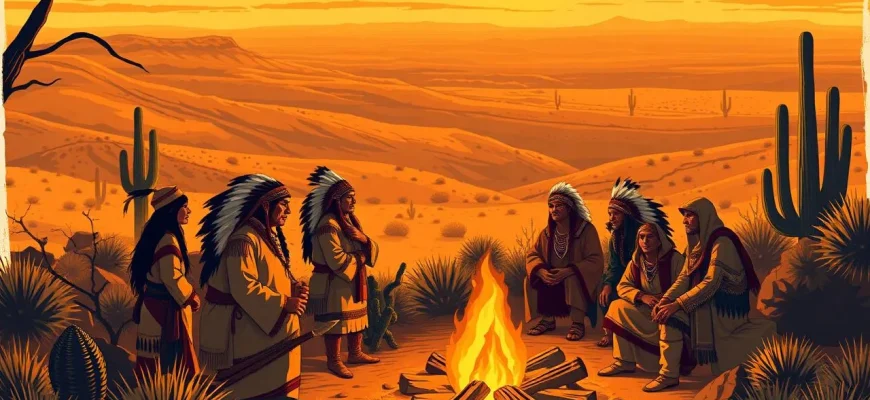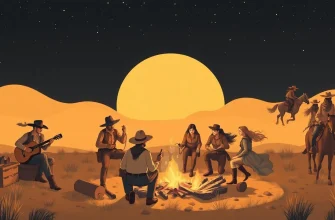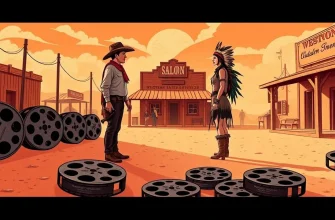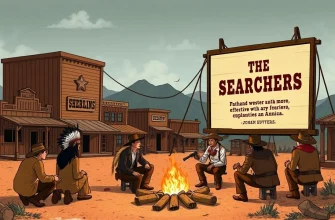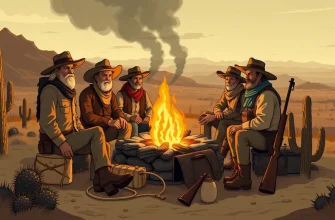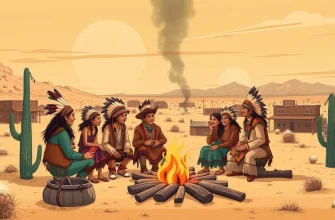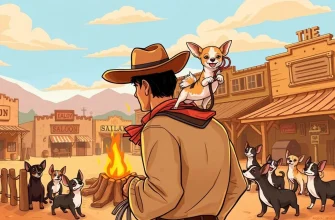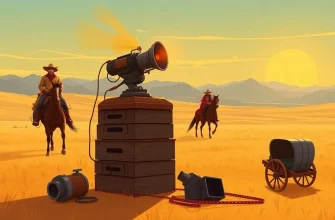This curated list of Western films focuses on the portrayal of Native American tribes, offering a unique perspective on the American frontier. These films not only entertain but also educate viewers about the rich cultural heritage and the complex relationships between settlers and indigenous peoples. Each film provides a nuanced look at historical events, cultural clashes, and the resilience of Native American communities.
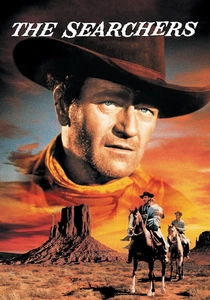
The Searchers (1956)
Description: John Ford's classic where a Civil War veteran searches for his niece, kidnapped by Comanche, providing insight into racial tensions of the time.
Fact: The film was controversial for its portrayal of Native Americans but is now seen as a complex study of racism and identity.
 Watch Now
Watch Now

Little Big Man (1970)
Description: A satirical take on the Western genre, this film follows a white man raised by the Cheyenne, offering a critical view of American history from a Native perspective.
Fact: Dustin Hoffman's performance was praised for its depth, and the film was one of the first to portray Native Americans in a sympathetic light.
 Watch Now
Watch Now

The Last of the Mohicans (1992)
Description: Set during the French and Indian War, this film explores the lives of the Mohican tribe, focusing on themes of identity, loyalty, and survival.
Fact: The film's score by Trevor Jones and Randy Edelman was highly acclaimed, with the main theme becoming iconic.
 Watch Now
Watch Now
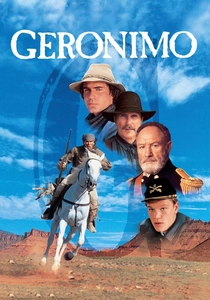
Geronimo: An American Legend (1993)
Description: This biographical film tells the story of Apache leader Geronimo, highlighting his resistance against the U.S. Government and his eventual surrender.
Fact: The film was shot on location in the actual historical sites where Geronimo lived and fought.
 Watch Now
Watch Now
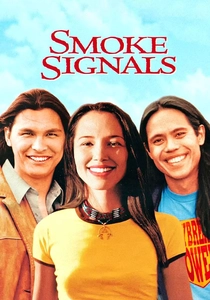
Smoke Signals (1998)
Description: A road movie that delves into contemporary Native American life, focusing on the journey of two young Coeur d'Alene men.
Fact: This was the first feature film to be written, directed, co-produced, and acted by Native Americans.
 Watch Now
Watch Now
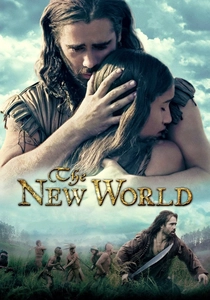
The New World (2005)
Description: Terrence Malick's film about the founding of Jamestown and the relationship between John Smith and Pocahontas, exploring cultural clashes and love.
Fact: The film was shot in Virginia, where the actual events took place, and used natural lighting extensively.
 Watch Now
Watch Now
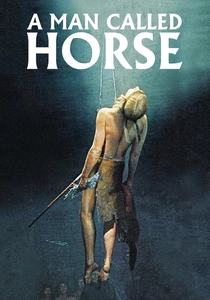
A Man Called Horse (1970)
Description: An English aristocrat is captured by the Sioux and eventually becomes part of the tribe, exploring themes of cultural assimilation.
Fact: The film was notable for its realistic portrayal of Sioux customs and rituals.
 30 Days Free
30 Days Free
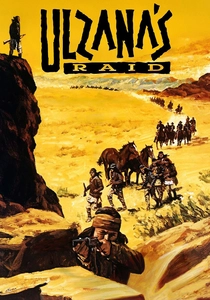
Ulzana's Raid (1972)
Description: A gritty portrayal of an Apache raid, focusing on the psychological and moral complexities of warfare and cultural misunderstanding.
Fact: Burt Lancaster's performance was critically acclaimed, and the film was praised for its realistic depiction of military life and Native American tactics.
 30 Days Free
30 Days Free

Dances with Wolves (1990)
Description: This epic film follows a Union Army lieutenant who becomes part of a Sioux tribe, offering a respectful and detailed depiction of Native American life and culture.
Fact: Kevin Costner, who also directed, won the Best Director Oscar for this film. It was also nominated for 12 Academy Awards, winning
 30 Days Free
30 Days Free

Wind River (2017)
Description: While not a traditional Western, this modern thriller set on the Wind River Indian Reservation deals with crime, justice, and Native American issues.
Fact: The film was inspired by true events and was praised for its realistic portrayal of life on reservations.
 30 Days Free
30 Days Free

